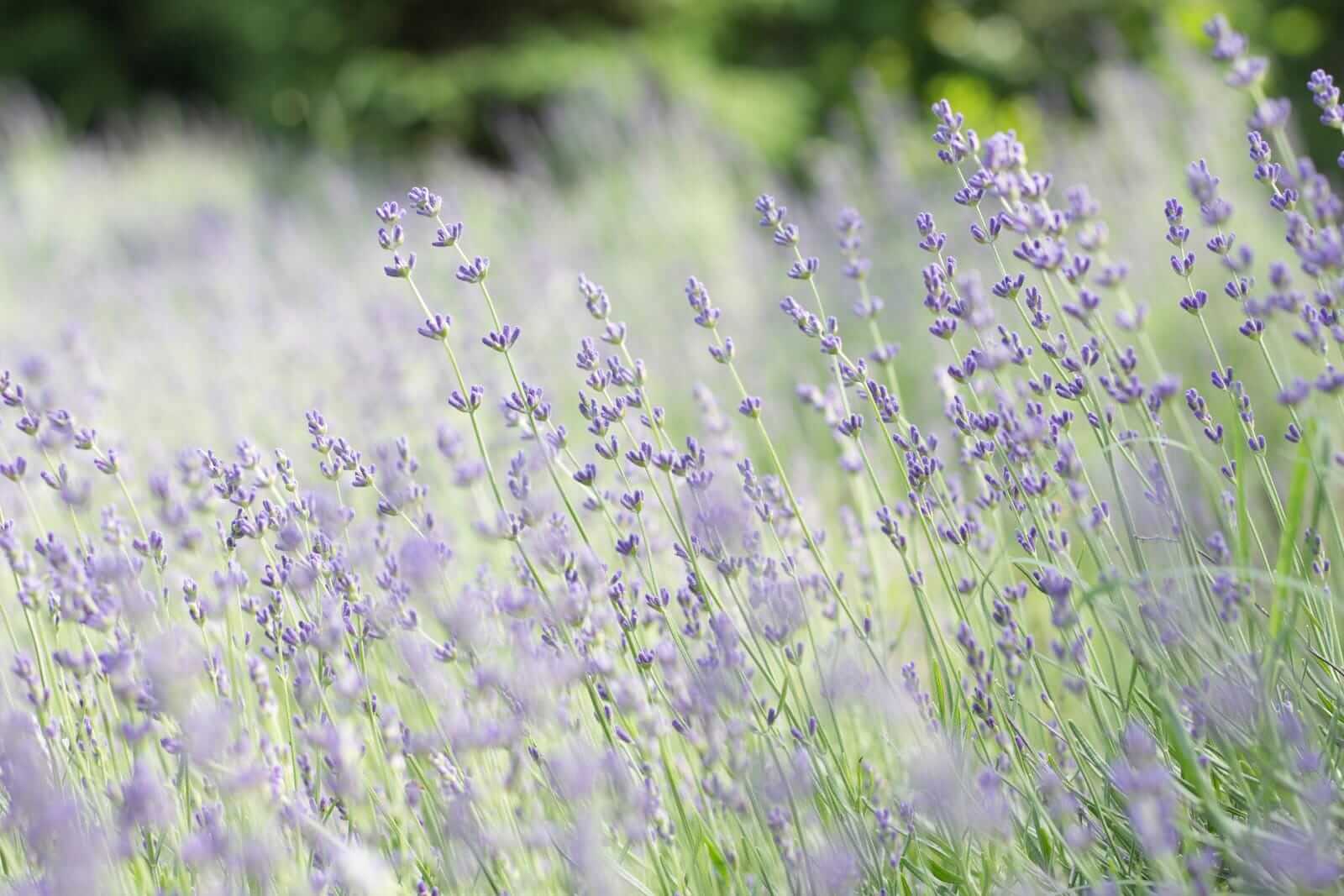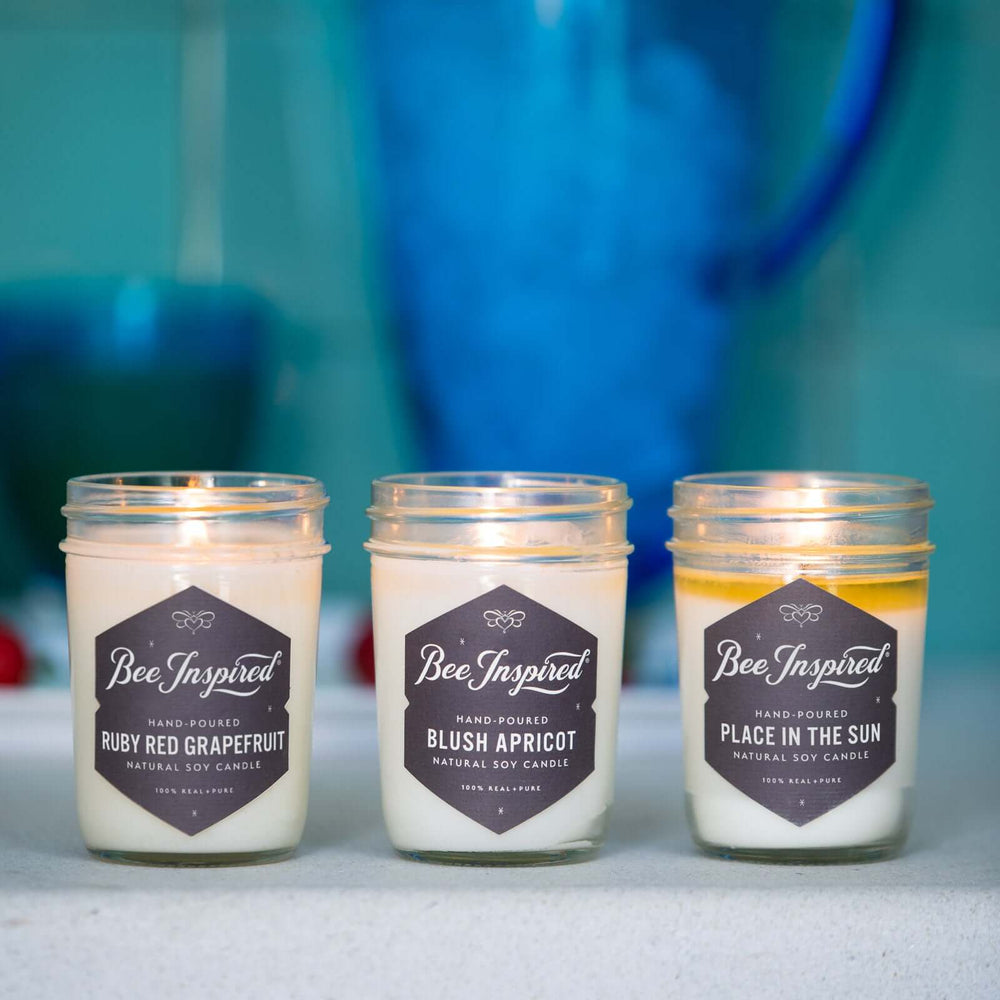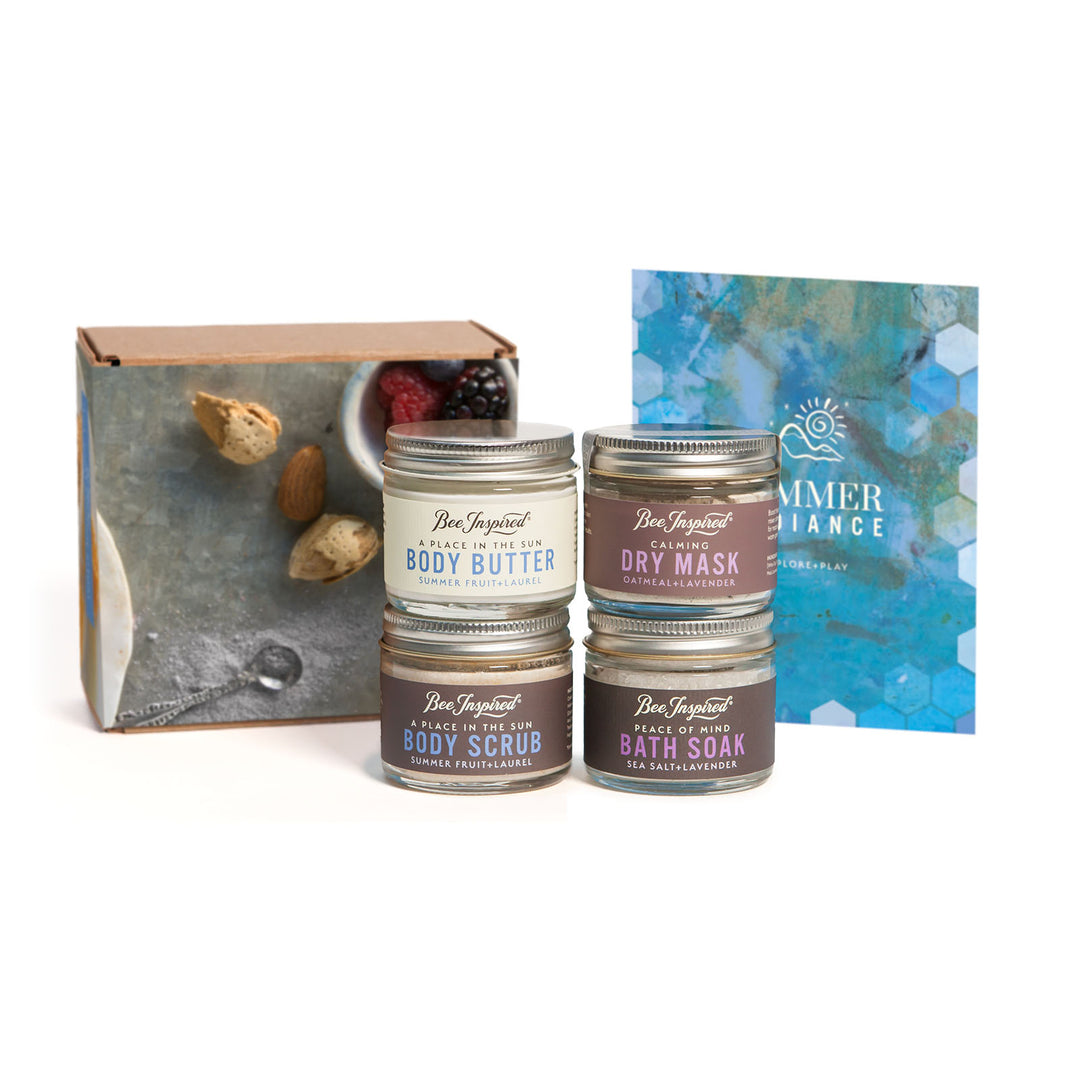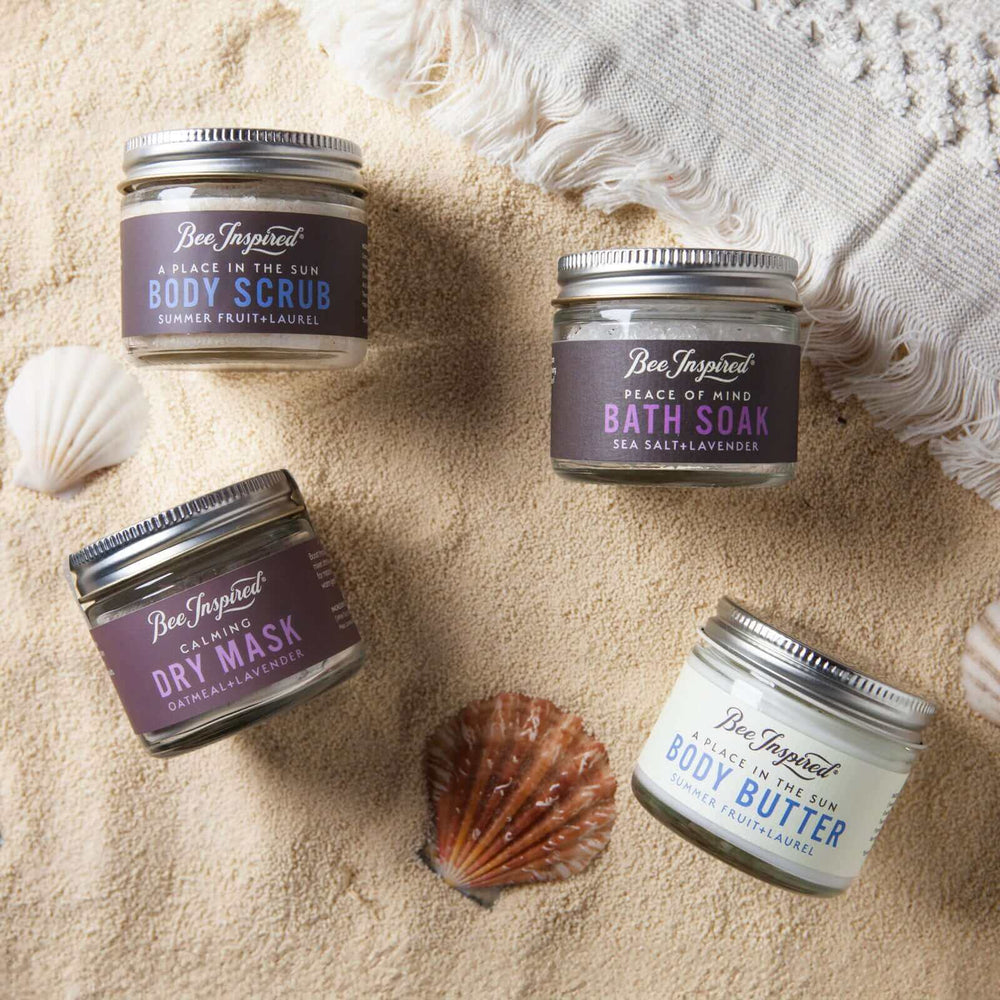Lavandula (common name Lavender) is a genus of 39 species of flowering plants in the mint family, Lamiaceae. Natively, lavender is found in Provence, on the Canary islands, Cape Verde, southern Europe across to northern and eastern Africa, the Mediterranean, southwest Asia to southeast India. Many members of this genus are grown as domesticated for garden and landscape use, for use as culinary herbs, and also commercially for the extraction of their essential oils.

Flowers are produced on whorls, held on spikes rising above the plants base, the spikes being branched in some species. Some species produce colored bracts at the apices.
The flowers may be blue, violet or lilac
In the wild species, the flowers are occasionally blackish purple or yellowish. The calyx is tubular. The corolla is also tubular, usually with five lobes (the upper lip often cleft, and the lower lip has two clefts).
Honey bees and Lavender plants work hand in hand.
The plant’s essential oils increase 16-20 % when pollinated, as the plant converts its energy from a floral display to producing essential oil. This gives both the lavender farmer and the apiarist a high quality crop of both lavender and honey.
Because bees need a chance to get to the lavender blooms and the plant needs a chance to make the essential oils, its best to harvest the plants at least 5 weeks into blooming, and most crucially, in the cool, early morning when the sun has not had a chance to burn out the oils in the plants.

If you are harvesting your plants for drying, harvest when the first corollas (or buds) have already opened to when about half of the corollas have bloomed but not yet withered.
If you’re harvesting lavender for a bouquet, harvest whenever you see fit, but to get more bang out of your plants, cut when at least half has bloomed and half is still dormant.
There are many ways you can use lavender other than a great all natural air freshener, beautiful cut plant, and honey bee attractant. Lavender is very often used as a flavor that is infused into baked goods and makes a great pairing with chocolate! Another common and delicious use is blending it into teas, usually black or green tea. Known for its calming properties, its often featured in shower gels and soaps.
For an excellent moth repellent, make a few satchels of dried lavender and stash them in your closet. Your closet will smell heavenly and moths won't bother your fine fabrics!

What foods do you like this lovely plant featured in? Let us know!











